|
DATA ON YOUR OWN DEVICE: When Data Checks In, But Can Never Leave The Mirage of Interoperability In the evolving landscape of digital twins and smart cities, a critical issue often lurks beneath the surface: the illusion of interoperability. "A lot of vendors are presenting their systems as interoperable when, in fact, they're not. They're only interoperable within their own ecosystem." Amir Hirsch made this statement in the thought-provoking podcast on Smart City Networks, succinctly capturing a widespread challenge in our journey towards truly smart cities. In other words, they are closed. Just Prisoners in the Hotel: The Lock-In Dilemma It's a common scenario: a vendor promises a solution that seems to play well with others, but in reality, it's designed to keep you within their ecosystem – a digital version of 'Hotel California' where we are all just prisoners here of our own device. This proprietary approach stifles innovation and burdens cities with systems that can't adapt to changing needs or integrate new, more efficient technologies. Digital Twins: Beyond Pipes and Pumps My work focuses on BIM and digital twins as replicas of physical assets and as complex systems encompassing tangible and intangible elements. Take, for example, a city's water system. It's not just about pipes and pumps; it's also about regulations, usage patterns, and environmental impact. Digital twins must allow these multifaceted aspects to enhance decision-making and asset management. Governance for Open Solutions Cities and owners hold significant power in their procurement decisions. Demand real interoperability and open standards and make these non-negotiable parts of contracts with vendors. Cities can steer the market towards more open, adaptable solutions. It's about setting the rules of the game in favor of long-term flexibility and public good. BIM and Digital Twins at NIBS As part of the BIM and Digital Twins subcommittee for the National Institute of Building Sciences, I'm involved in crafting a position paper that delves deeper into these issues. This upcoming paper aims to provide actionable insights and guidelines to navigate the complexities of digital twins in smart city environments. Be on the lookout for this draft this Spring 2024. Past Insights to Present Realities In a recent post titled Building Hallucinations, we discussed the transformative yet challenging world of AI in the AECO industry. The journey from AI-induced 'hallucinations' to informed decisions mirrors our current need for interoperability in digital twins. Just as we recognized the need to navigate through the fog of misleading AI promises to reach informed, data-driven decisions, we now face a similar challenge in escaping the 'Hotel California' of proprietary systems. This pursuit of openness and clarity in AI and digital twins underscores our industry's commitment to innovation grounded in reality, not illusion. Breaking Free: The Imperative of True Interoperability Revisiting the initial quote, it's clear that true interoperability is more than a vendor's promise; it's a foundational requirement for sustainable, informed environments. For a deeper dive into these topics, I invite you to follow past and upcoming events at: Enjoy the music!Harnessing Proven Technology Strategies to Sidestep the Kodak Fate in the AECO Industry Last month, I opened a discussion on our industry's 'Kodak Moment' with AI – a critical point where embracing advanced technology is not just an option but a necessity. The conversations that followed revealed a shared recognition of our industry's challenges, particularly in making informed decisions with the knowledge we already have.
I will expand this narrative with a new series titled "From Hallucinations to Informed Decisions." This isn't just about AI's shortcomings or capabilities; it's about addressing a more profound, pre-existing challenge in the AECO industry – the struggle with accessing and utilizing high-quality data for decision-making. In this series, we will explore:
AI is not a magic bullet. It's an enabler, a powerful one, but its efficacy is directly tied to the quality of data it's fed. Our industry's move towards more informed decisions hinges on this crucial aspect. We must remember that our exploration of AI in the AECO industry is ongoing and dynamic. To further this discussion, I invite you to join me at an upcoming webinar hosted by the National Institute of Building Sciences: "The Intersection of AI and Building Sciences: A New Era of Intelligent Infrastructure," scheduled for January 25th. This webinar will delve deeper into the topics we've discussed and explore the future of AI in our industry. Following the webinar, participate in the weekly Asset Leadership Network discussion, where we'll have a chance to debrief and continue the conversation. Kimon Onuma, FAIA The Kodak Moment with AIIn a world where technology advances at breakneck speed, the building industry has often lagged, especially when juxtaposed with sectors like manufacturing. While others have embraced change, the building industry is content with the status quo. Reports from McKinsey and others paint a picture of an industry at the bottom of the pack regarding technological maturity. What was once a technical discussion relegated to technologists has become a strategic business imperative fueled by leadership because Artificial Intelligence allows the industry to improve productivity and profitability dramatically.
Challenges and Roadblocks Fragmentation, competition, and a lack of unified standards have long been the Achilles' heel of the building industry. The development of Building Information Modeling (BIM) exemplifies these struggles. Despite its potential, BIM has faced a decades-long journey toward widespread acceptance, hindered by perceived complexities, implementation costs, and lack of governance. This sector, crucial to our everyday lives, has a significant environmental impact and has yet to mature. These factors have impeded progress and stifled innovation, keeping the industry several steps behind its technological potential. A Pandemic-Induced Paradigm Shift The COVID-19 pandemic, however, has been a harsh but necessary wake-up call. Cities like San Francisco and Washington, DC, have transformed, with once-bustling offices now empty. This new reality has left owners and operators grappling with vast expanses of unused space, directly hitting their bottom lines. This shift has altered cityscapes and forced a rethink of how we use and value our built environment. The Artificial Intelligence Jolt In this landscape of uncertainty and change, artificial intelligence has emerged as a beacon of hope. 92% of Fortune 500 companies are already using ChatGPT and AI. This mirrors a broader trend across industries, where AI is no longer a futuristic concept but a present-day tool driving business strategies. Real estate is beginning to realize the untapped potential in its vast data reserves. This awakening has reached corporate leadership, with C-suite executives demanding data readiness for AI integration. This is the best reason in decades to bring data standards, architecture, and governance to the forefront. Ironically, humans need quality data to make decisions, but what we could not achieve in decades only took a few months for AI to drive that need home. What was once a discussion relegated to technologists has become a strategic business imperative fueled by leadership demands. Leadership Opportunity This is a building industry company's "Kodak Moment." The cautionary tale of Kodak, which missed its chance to lead the digital revolution, is a stark reminder of what's at stake. We stand at a pivotal juncture where embracing AI can catapult a company into a new era of innovation and efficiency if organizational top leaders acknowledge it. At the recent Coretech Buildings AI conference in Palo Alto, CA, we heard that organizations must "snap out" of complacency and respond. It's not just about adopting AI; it's about revolutionizing the approach to data, standards, and collaboration. We must not use fear of AI or hallucinations to cloud our resolve to change; that is so early in 2023! Data as an Asset for Humans and AI As leaders navigate this Kodak moment, their choices will shape the building industry's future. Will we adapt and thrive in the age of AI, or will we fear the future and cling to outdated practices and be left behind? The rise of AI in managing the lifecycle of facilities is not just a possibility—it's a necessity. We need open data, standards, data governance, and a collective push toward innovation. This is a call to action for the entire industry: rapidly pivoting, adapting, and leading in this new digital era. If we do not, who will? Maybe AI? The question is not if the building industry companies will evolve with AI but which companies will survive and fade into obscurity. Our proactive engagement in this transformation will dictate our place in the future landscape. BIMStorm AI Join us in upcoming BIMStorm sessions for insights and practical strategies into BIM, Digital Twins, and AI. Kimon Onuma, FAIA Over the centuries, architecture has been an interplay of artistry and technology. From Brunelleschi's rediscovery of linear perspective that revolutionized our understanding of space to the advent of CAD and BIM, we've seen our field morph and adapt with technology. Today, our challenge lies in bridging Architectural Intelligence with Artificial Intelligence (AI) to create informed, resilient environments that respond to evolving human and ecological needs. Our cities and buildings are becoming increasingly complex, and AI can be a mechanism to help guide and navigate through the complexity. Yet, as with any technological innovation, apprehensions abound. Some fear the 'death of drawing,' a concern echoed by David Ross Scheer in his thought-provoking "The Death of Drawing: Architecture in the Age of Simulation." Others fear the more drastic 'death of architecture.' However, as Brunelleschi's discovery didn't result in the 'death' of 2D representation, the transition to dynamic simulations and AI doesn't signify the end of architecture but a transformative phase. Avoiding the feared 'death of architecture' isn't about resisting AI but understanding and proactively integrating it into our processes. AI is not a replacement for human architects but a tool that can augment our capabilities, freeing us from repetitive tasks to focus on design and innovation. AI can help us navigate the flood of data produced during building design, construction, and operation, leading to more informed and effective decisions. At the recently concluded AIA conference, A'23, in San Francisco, I observed a disappointing scarcity of sessions dedicated to AI's role in architecture. This shows a clear gap between the rapid advancement of technology and its adoption in our field. We must address this gap through continuous learning and proactive discussions. In this spirit, I presented in a webinar parallel to A'23, hosted by USC for the BIM BOP, titled "BIMStorm Ai: AIA, a Charrette for Architects and Machines." The session focused on exploring the collaboration between architects and AI, which needs more attention in our industry. In our journey through this era of rapid technological change, it's vital to recognize the double-edged nature of AI. While it has the potential to revolutionize our practice by enhancing our designs and contributing to the creation of enduring built environments, unregulated or uninformed use of AI could pose a threat not only to our profession but to humanity at large.
These fears are not unfounded. Voices from within the media and AI development circles have been raising valid concerns about the potential misuse of AI. We, as architects, must not overlook these warnings. AI is a powerful tool, and like all tools, its impact hinges on how it is wielded. In the architecture domain—encompassing buildings, cities, and infrastructure—it is our responsibility to integrate AI and guide its use positively and ethically. This task goes beyond merely supporting our practice and industry. It's about stewardship, about using our expertise to ensure that AI serves the public good and contributes to human-centered, sustainably built environments. Failure to proactively define the use of AI in architecture could result in a passive acceptance of a future defined by those outside our profession—a lot that might not align with our values or the needs of society. The future of architecture, and indeed of our cities and communities, relies on our willingness to engage with AI, understand its implications, and guide its deployment to ensure a harmonious, sustainable, and human-focused built environment. Let's regard this not as a burden but as an opportunity to shape a better future. I invite you to join in this journey to learn, innovate, and chart a course forward in tandem with technology. Together, we can ensure that AI is a constructive tool rather than a destructive force in architecture. As always, I welcome your thoughts, experiences, and participation in the ongoing BIMStorm AI. Kimon Onuma, FAIA Kimon Onuma Instructs DC Asset Management Lab at the University of the District of Columbia Public Presentation in person and online Thursday 8 August 2019 at 11:30 am Eastern. Washington, D.C. – 2 August 2019 – Kimon Onuma, FAIA, President of ONUMA, Inc. and BIMStorm Founder, has been the asset visualization instructor at the D.C. Asset Management Lab at the University of the District of Columbia. The Lab is a Continuing Education program for municipal executives and managers interested in using the ISO 55000 asset management system as a guide for creating web-based visual assets using secure, open-standards to share data in real-time. This approach enables clear data management for the entire life cycle of assets from strategic planning to disposition and for as long as the data is useful. D.C. Government provides an asset management problem to address. The Lab explores multiple ways to address the issues involved. Executives and managers will understand ways to use contemporary methods to disrupt . . . and resolve . . . business as usual using federally proven tools and processes. Mr. Onuma has long been known as an award-winning provider of achievable, advanced approaches to solving business issues. The DC Asset Management Lab at the University of the District of Columbia allows Mr. Onuma to work with Jim Dieter, CEO of the Asset Leadership Network and President of the AIM 4 Asset Management System (AIM4AMS). Working together, the instructors offer a repeatable path to improved asset management. This fresh take on the award-winning BIMStorm will have a Public Presentation on Thursday 8 August at 11:30 am Eastern and will be broadcast in a webinar here. Visual building reports can generate the source data for referral during future assessments. Also, existing assessment data can be used to generate visual reports that help to easily identify anomalies.
The world lives on platforms. Our devices communicate to social media, maps, Amazon, location services, Apple, Google and other apps. We interact with the built environment around us in unprecedented ways. The gaping hole in the world of platforms is architecture. As architects, we have the desire to serve society, make a safer and more sustainable future, and use great design to change the world. We have the knowledge and problem solving skills to lead complex teams of stakeholders and consultants who weigh in on countless decisions. We understand the needs of facility managers who take stewardship of our creations and maintain its sound existence for generations to come. We painfully understand the need to better communicate the building design and construction information with people involved in the project. Yet we are stuck operating as if all decisions are unilaterally made by the single, heroic, visionary architect. What we do not have is “Architecture as a Platform©” to cut through current stovepipes. Our projects are very inwardly focused, single use, document centric, little BIM centered masterpieces that have a very hard time plugging into each other and the world. Once we finish the design and the construction is complete, others move in to scan and catalogue the end result of our creations to harvest the data and help them plug into the world’s platforms. This can and must change. Although technologies exist to make this happen, it is not only about the technology but a process change and the will and courage to make this happen. Our current contracting language and stance of “owning” our designs and document as the secret sauce of the buildings we design is seriously flawed and damaging to the profession and society. It is time to flip this around and enable a platform for architecture. Competing on how much time it takes to produce a set of documents is not a formula for the digital age and an architecture platform. Classical Greece built a civilization on a platform of architecture, arts, humanities, and politics that supported and changed society forever. They were limited to the medium they had at the time, and excelled. Today we have amazing technologies just waiting to be applied to architecture but not much has really changed for over 2,000 years. The status quo is to wait for others to do it. This is dangerous for the profession. Ancient Greeks built platforms. So should we.
It isn’t necessary to start from scratch. The Internet is ready to be used as the platform for architecture. The profession needs to step forward and create the platform for architecture to extend to engineers, owners, operators, emergency responders, cities and citizens. Yes, we will need to share more information and knowledge. Yes, this could be threatening. But it is not an all or nothing proposition. The concept of radical transparency can be combined with protection of intellectual property and increasing business opportunities. Once off an isolated island, the chances of connecting to business opportunities dramatically increases while helping civilization to move forward. Why BIMStorm?Imagine not being able to ride a bike until you have completely understood the mechanics and science of bike riding. Imagine not being able to design, construct, and manage buildings, facilities and assets until you have understood all the associated standards. Mechanics, science and standards are very important, but getting on the bike and riding it is the best way to learn how to ride a bike. Using tools and processes for facilities and assets is the best way to learn how to apply these skills and standards. BIMStorm is a place to learn how to ride the BIM bike, teach others and find like-minded bike riders to collaborate with in an open sandbox. Standards: The Oxygen of BIMStormExperts have been spending years building IFC, COBie, ISO, OmniClass, and other standards. The value of standards should be noted. NBIMS states, "[the resulting data] can be used during commissioning and operation to ensure facility functionality throughout the life of the facility and to deliver high performance, carbon neutral, and net zero energy based facilities." The best use of standards is when they become part of the process and fade into the background. Then how can a 2,000+ page National BIM Standard (NBIMS) be made easier to use? The information within these standards are extremely valuable, so it’s imperative to focus on making the voluminous standard easier to implement for day to day use. This places less emphasis on the standard development itself as the focal point, providing relevancy to the practicing professionals it is meant to help. BIMStorm enables using and advancing standards by weaving them into the fabric of the exercise. Participate in a BIMStorm to see how using standards does not have to be complex. Like riding a bike, the best way to advance standards and stress test them — is to use them. Sharing, Failing Fast, Refining and AdvancingThe results and methods used on real world projects are not easy to share. Participate and learn from case studies — how successful projects are repeatable exemplars that can be repurposed and refined. Like learning how to ride a bike, trying is the best way to gain skill and confidence. BIMStorm overcomes this sharing challenge by opening a sandbox with actual project data. Owners like California Community Colleges and Department of Veterans Affairs with their SEPS2BIM are part of the real project data sandbox. Scenarios allow many participation levels that promote learning, testing and rapid advancing of the industry. Just ride the bike...The best way to learn how to ride a bike, is to ride a bike. Join the BIMStorm to learn how and find other owners, consultants and vendors that have great bikes.
The AEC-ST is a group dedicated to successful implementation of science and technology in the Architectural, Engineering and Construction industries. We are proud to announce they have jumped onboard the BIMStorm AEC Game Changers 2017! We are very excited to have such a strong, diverse group of individuals as part of this virtual collaboration.
The results and outcome of this BIMStorm will be presented at AEC Science and Technology NEXT Conference (more information on this as we get closer to the event). Remember, all participants of this BIMStorm have an opportunity to be showcased at this event. If you are interested and would like to be part of this virtual BIMStorm team, sign up here. http://www.bimstorm.com/join.html  Decisions made early in the planning process have implications for the entire facility life cycle. BIMStorm AEC Game Changers expands the horizon beyond initial design and initial pricing with scenarios for campus, healthcare and airport projects by welcoming the APPA Total Cost of Ownership (TCO) Work Group. TCO Work Group focuses on creating a common framework for owners to manage cost, forecast investment needs and enable data driven decisions for facility asset management. Industry standards enable maintaining a sustainable future for all asset investments. Learn how BIMStorm is adding TCO to:
Architects have been wired to understand complex relationships of data in buildings and document them in schedules with types, instances, attributes and more, all related to COBie long before BIM or CAD. Building documentation, either in hand drawn, CAD or BIM formats, inherently creates errors. However, COBie users benefit from the ability to easily spot discrepancies and errors because they are in a structured format. Perhaps the reason for COBie resistance and pushback come from the inability to hide problems. Checking for errors on a 1968 hand drafted schedule of COBie data.
(Don't forget to check the references in all 245 sheets of this set) |
BIMStorm
Thoughts on the "i" of BIM and more. Archives
January 2024
Categories |
Previous BIMStormsCalifornia
BIMin Microgrid Distance 2020 Assets 2019 AECNext 2019 AECNext 2018 Data Independence 2016 Healthcare 2015 Blog 2010 ~ 2013 © 2019 - BIMStorm®
|
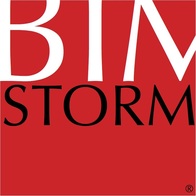


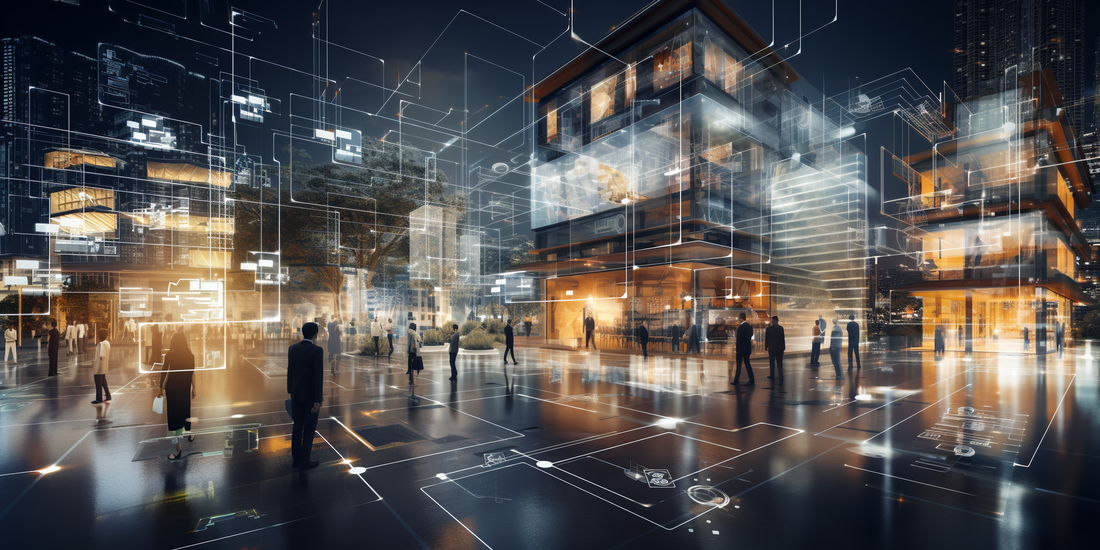

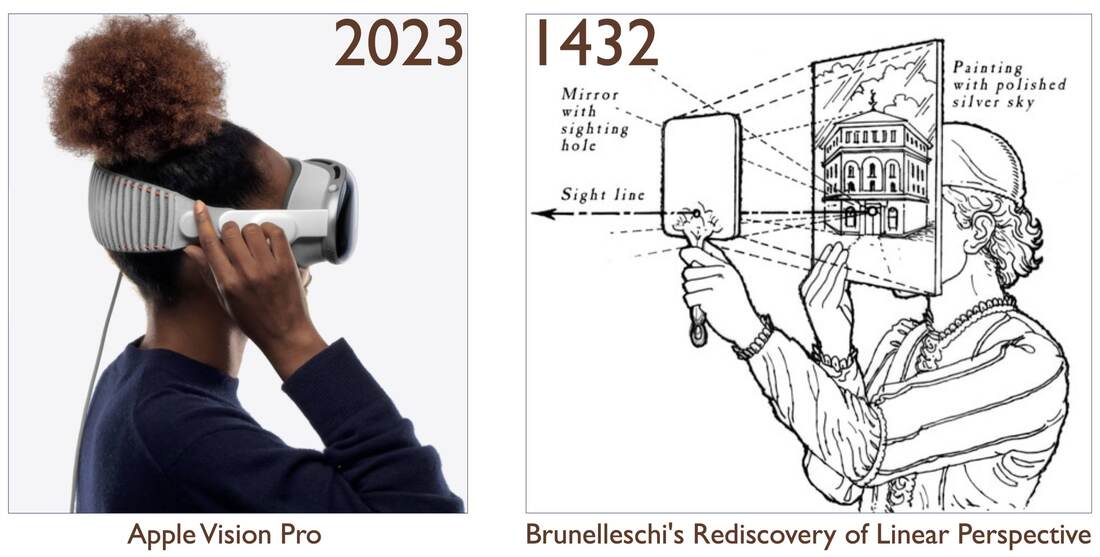
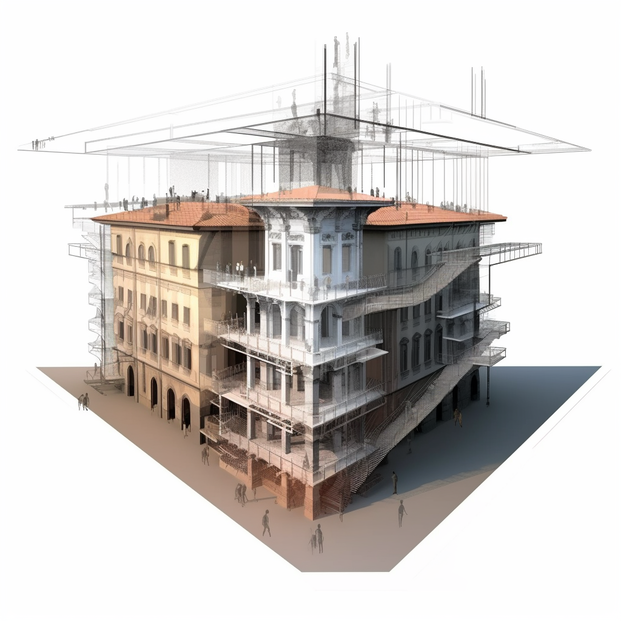


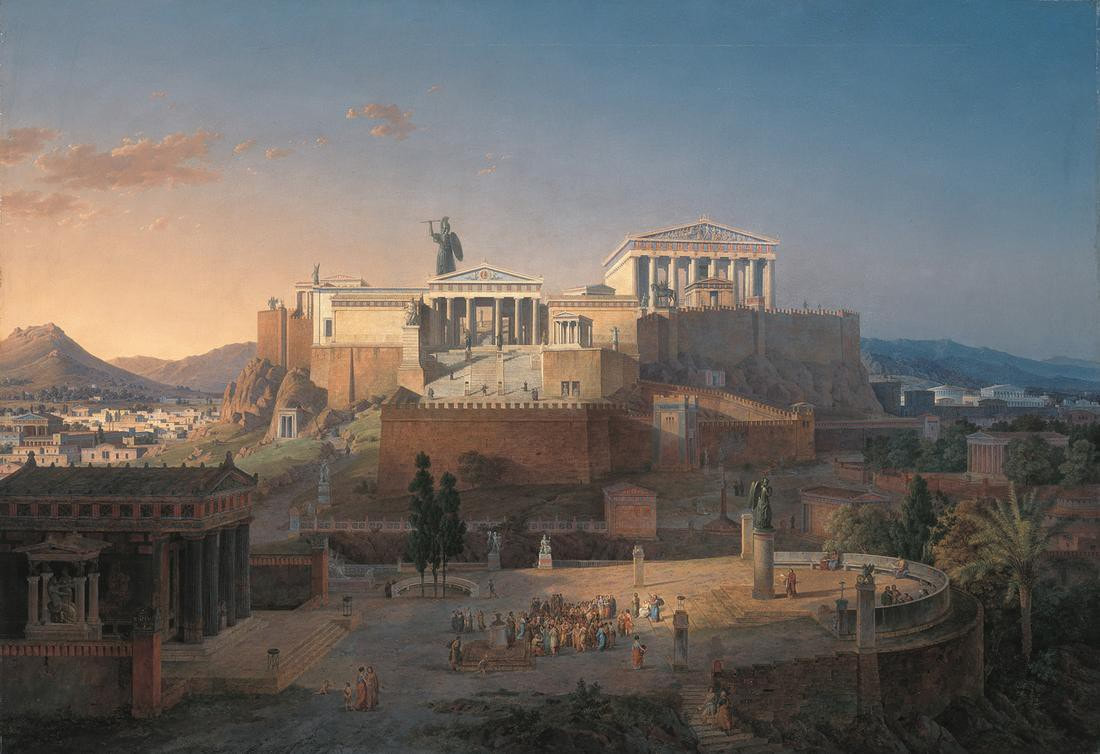
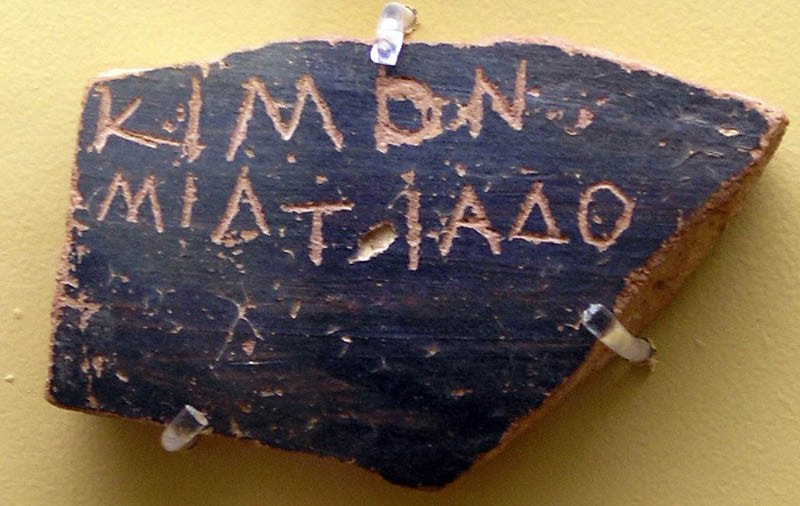
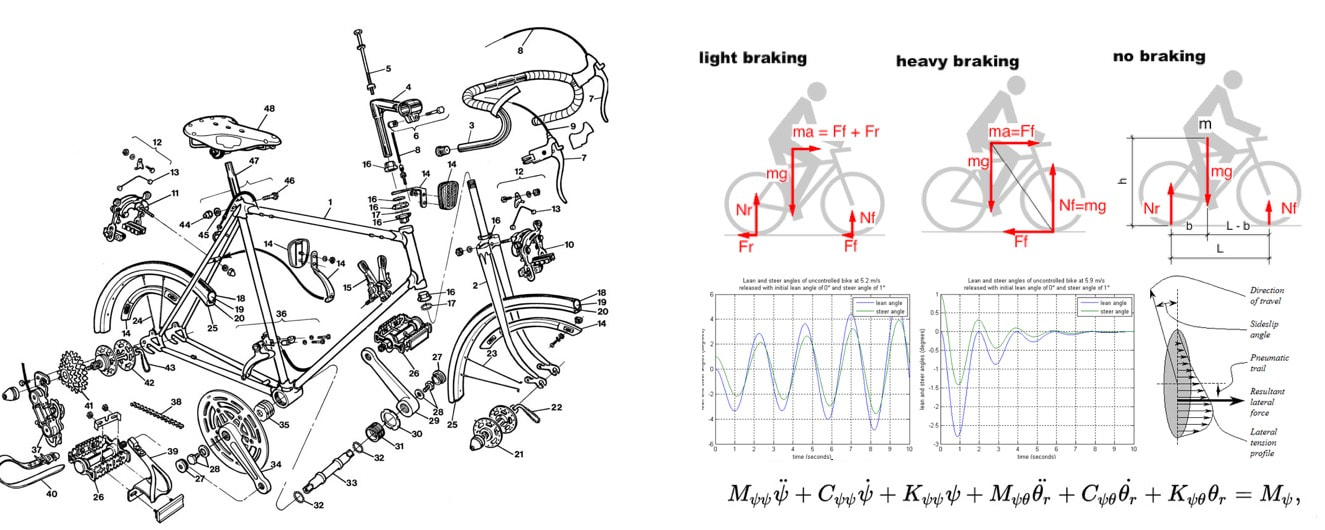


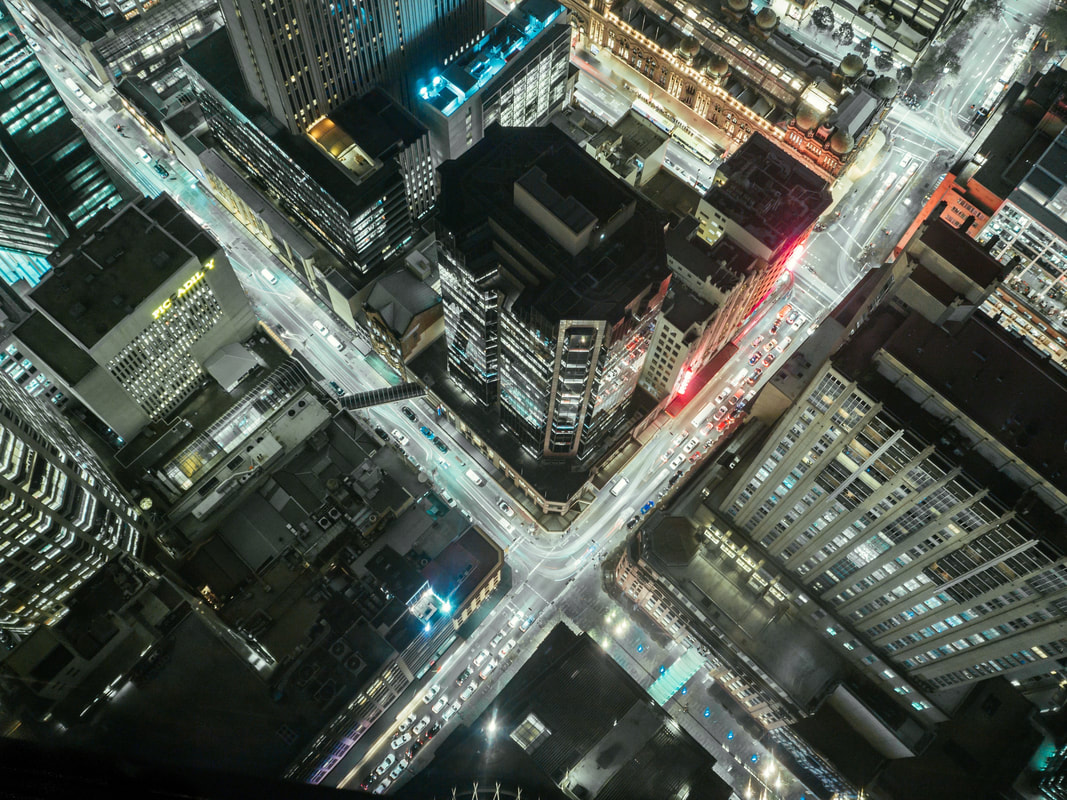

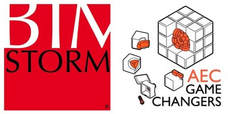





 RSS Feed
RSS Feed